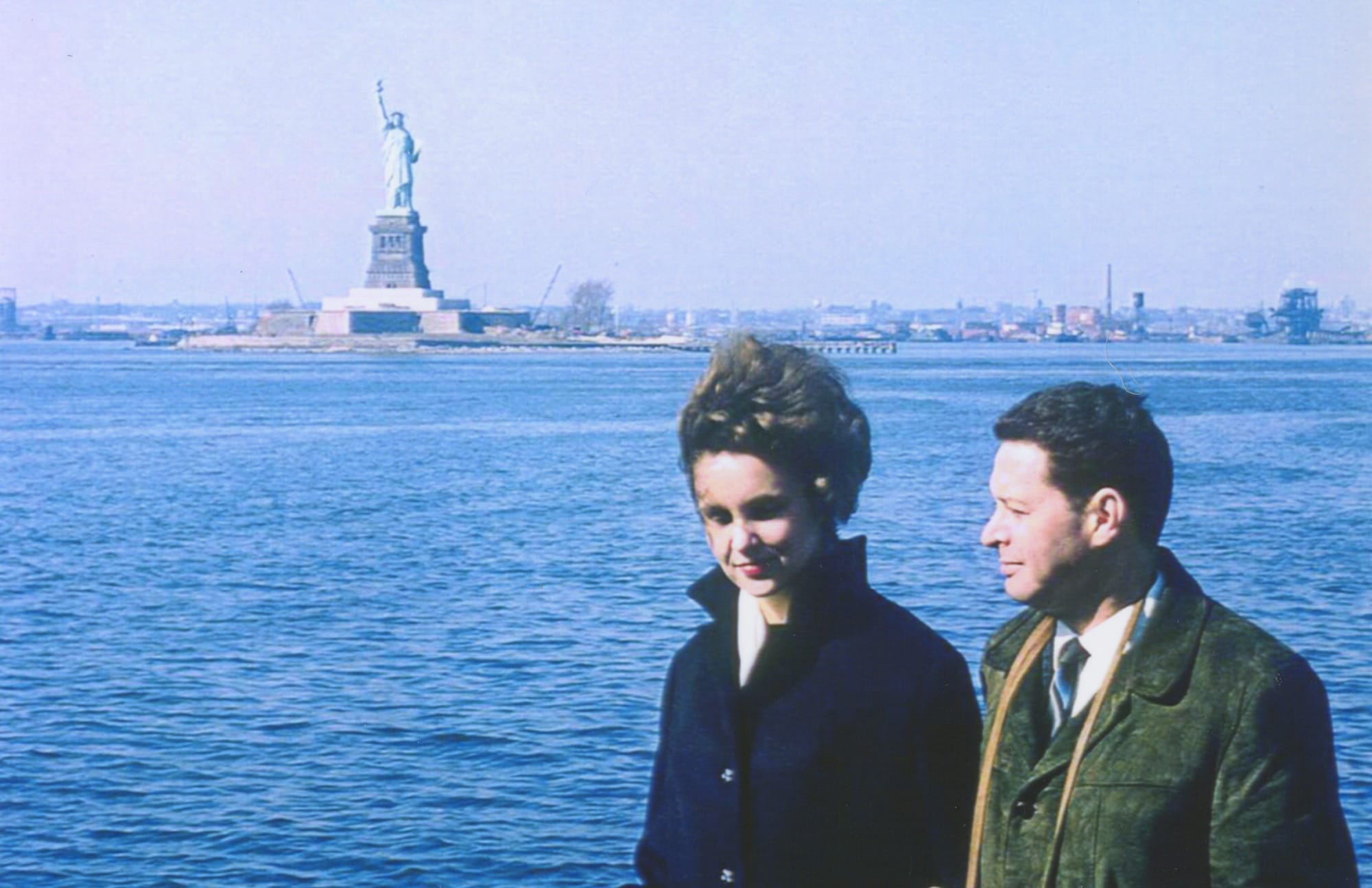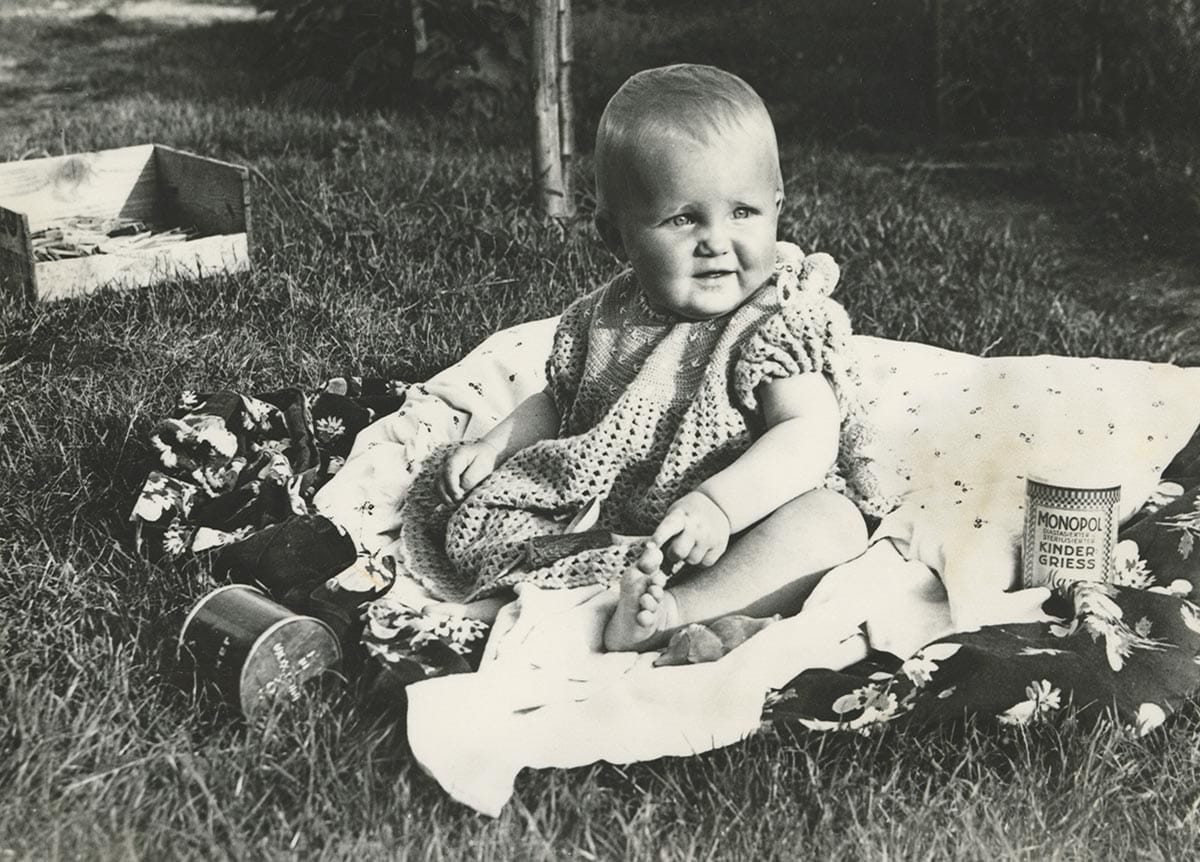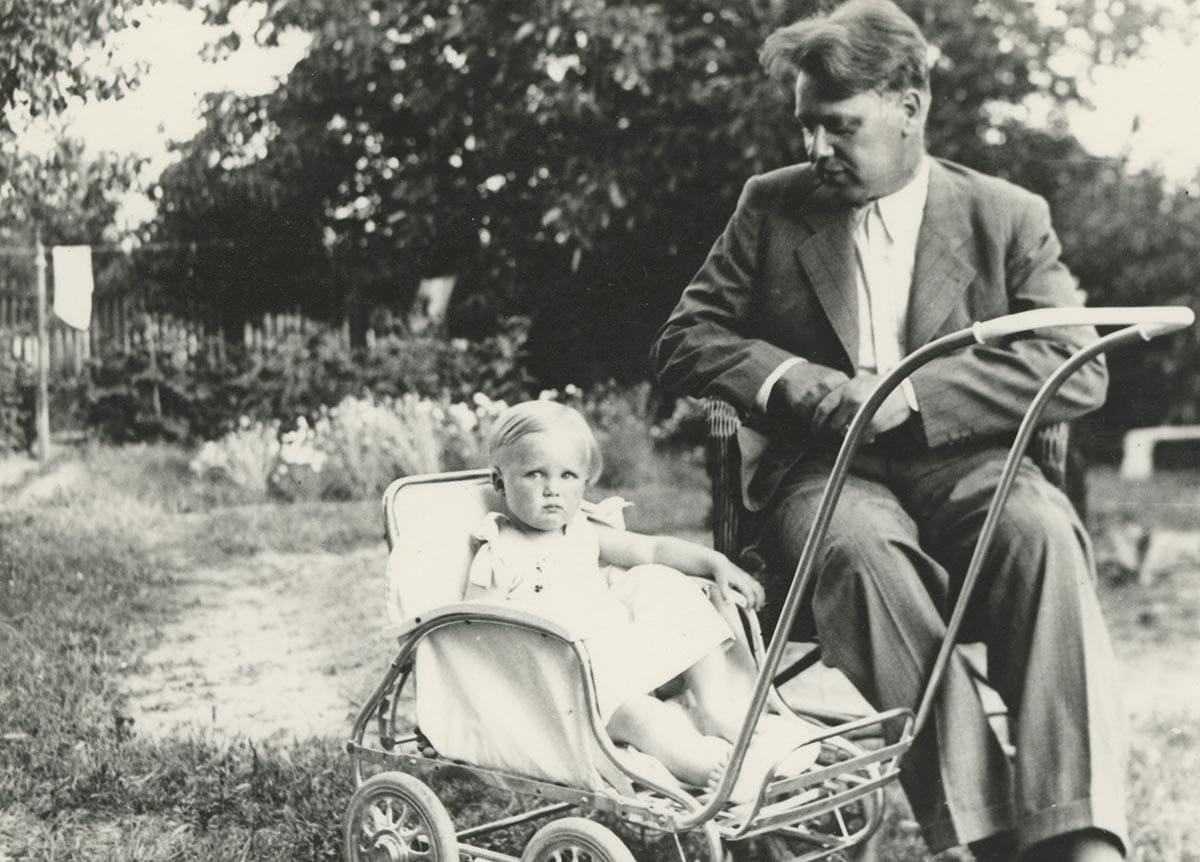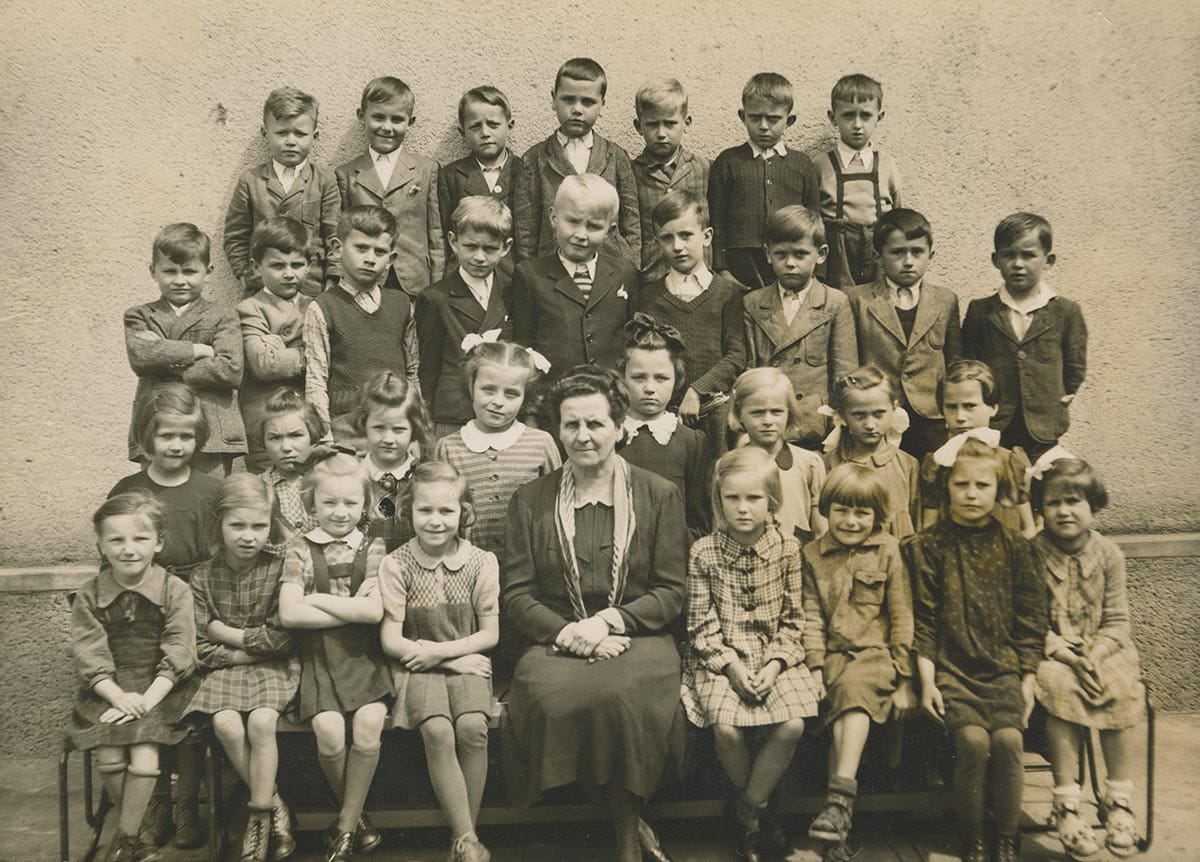Created by Dr. Jan T. Vilcek and his wife, Marica, the Vilcek Foundation is a New York City–based organization that raises awareness of immigrant contributions to the United States and fosters an appreciation for the arts and sciences.
Rooted in the story of two immigrants who escaped the communist regime of former Czechoslovakia in the 1960s and made a name for themselves in the U.S., the foundation is a true symbol of the American dream. It embodies what it means to give back and champion opportunities for immigrants trying to start a new life.
Here’s a look at the incredible story of the founders and how the Vilcek Foundation came to be.
From Czechoslovakia to the USA
Jan T. Vilcek was born to parents Július Vilček and Friderika Fischer in Bratislava, Czechoslovakia (now the capital of Slovakia), on June 17, 1933. While Július worked as a business executive in the coal mining industry, Friderika was an ophthalmologist who ran a private practice out of the couple’s home.
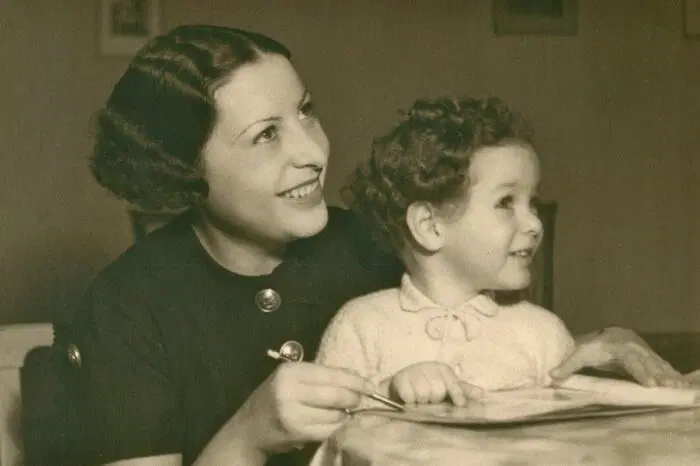
On October 13, 1936, the future Marica Vilcek was born to parents Dezider Gerhath and Maria Hamosova in Ivanka pri Dunaji, a small town near Bratislava. Her father Dezider, who had his last name changed from Gerhardt to the more Hungarian-sounding Gerhath while in high school, became a teacher, eventually moving to an administrative position at the Ministry of Education. When the Communist party assumed the reign in Czechoslovakia, Dezider was dismissed from his job and assigned to shelving books at the university library. Marica’s mother worked as a primary school teacher and principal.
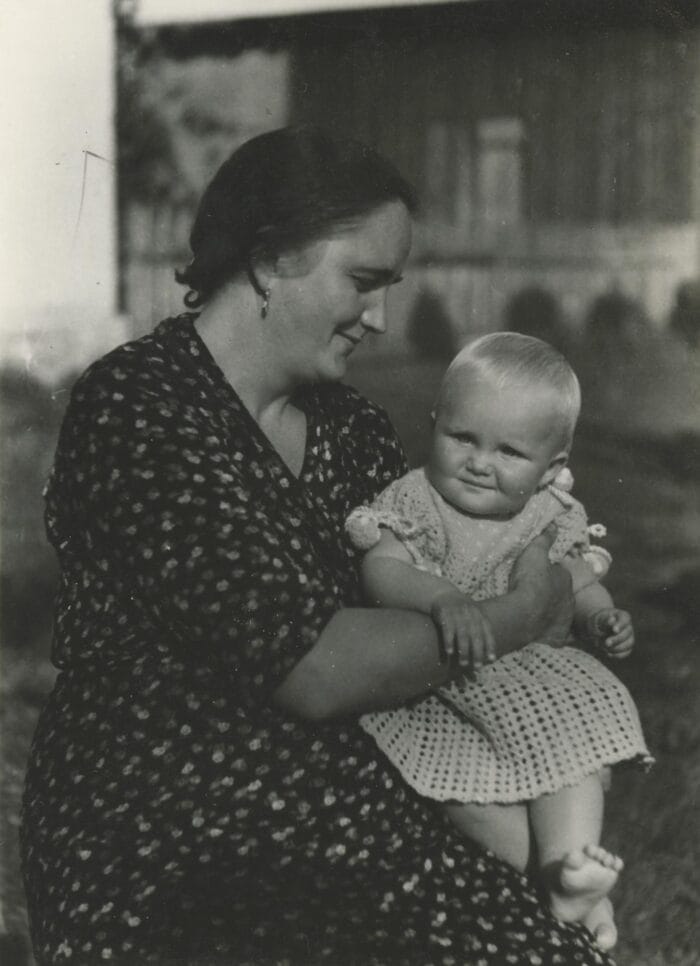
Although Marica was a young child during World War II, she still remembers the last days of the war, when a bomb fell on her neighbor’s house and destroyed part of her family home. Further tragedy struck during her early teenage years when her mother became ill and passed away. The family subsequently struggled economically and faced several difficult years. At this time, Marica excelled in math and science and was not yet interested in art. As time passed, she had a change of heart and decided to study art history after graduating from secondary school.
In the late 1930s, the Vilceks, a secular Jewish family, began to feel the effects of the German Reich led by Adolf Hitler. Living only 40 miles from Austria’s capital Vienna, where a Nazi government was appointed, the family’s quality of life gradually deteriorated.
By the time Jan approached the third year of elementary school in 1941, Jewish children were no longer allowed to attend public school. As a safety measure and to ensure he could continue his education, his parents placed him in an orphanage with an affiliated school run by Catholic nuns.
From 1944 through the end of the war in 1945, his father joined the fight against the Nazis while Jan and his mother were in hiding at a Slovak family’s house in a remote village. After the war was over, the family reunited back in Bratislava.
In the late 1950s, Jan and Marica both attended Comenius University. While Jan enrolled at the university’s medical school, Marica earned the equivalent of a bachelor’s and master’s degrees in art history.
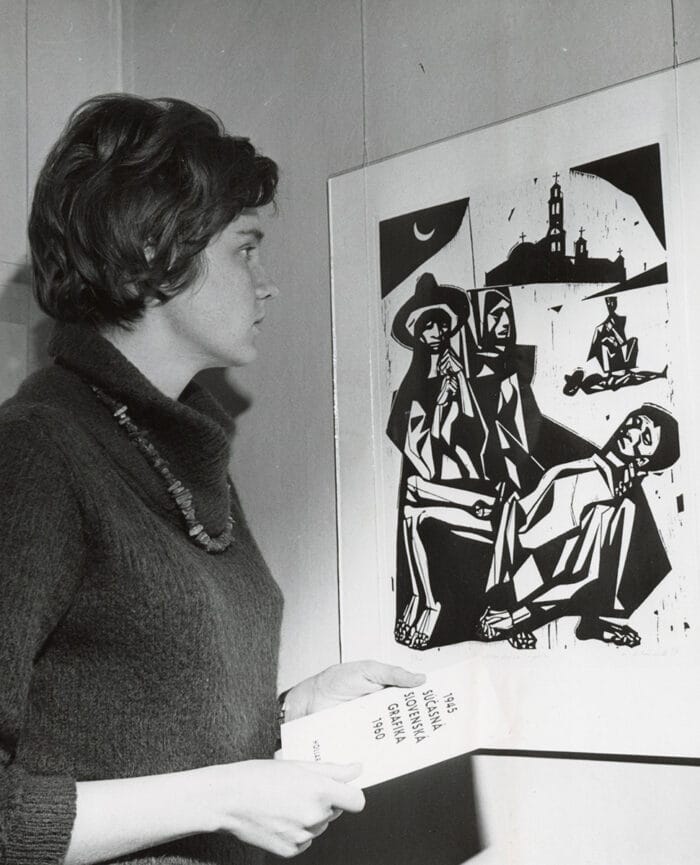
Already as a medical student, Jan became interested in research in microbiology and immunology. After graduation from medical school, between 1959 and 1964, Jan worked as a fellow of the Czechoslovak Academy of Sciences in Bratislava, where he eventually became the head of the laboratory at the Institute of Virology. Meanwhile, Marica worked at the Slovak National Gallery in the Department of Prints and Drawings as a curatorial assistant before being promoted to assistant curator.At the same time, she regularly commuted to Charles University in Prague, to pursue her doctorate in art history.
In 1964, Jan and Marica, who were now married, had the unexpected opportunity to defect from communist Czechoslovakia when they were granted permission to visit their friends Hans and Edda Moritsch in Vienna for a weekend. On October 10, with just two suitcases of belongings in their car, they drove first to Austria and then to Frankfurt in West Germany to apply for refugee status and obtain visas for the U.S.
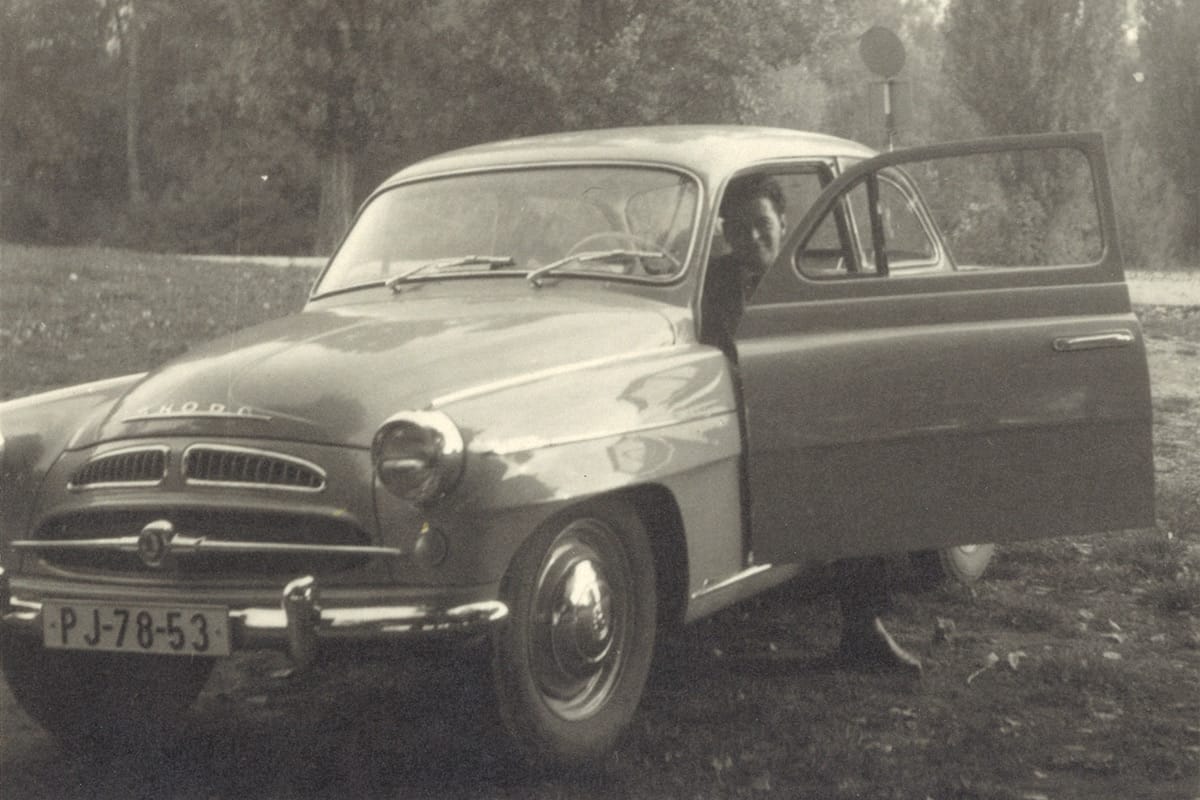
With the vision to make it in America, the couple immigrated to the United States and settled in New York City in 1965. Jan joined the faculty of the New York University School of Medicine as an assistant professor of microbiology. Marica began volunteering at the Brooklyn Museum’s library before accepting a position at the Metropolitan Museum of Art, where she worked for the next 32 years.
Planting Roots and Establishing Careers
Jan T. Vilcek
As one of the first scientists to investigate interferon, an important immune system protein, Jan Vilcek is a true medical pioneer. He also studied the cytokine TNF (tumor necrosis factor) and contributed significantly to the overall understanding of proteins that control the body’s defenses.
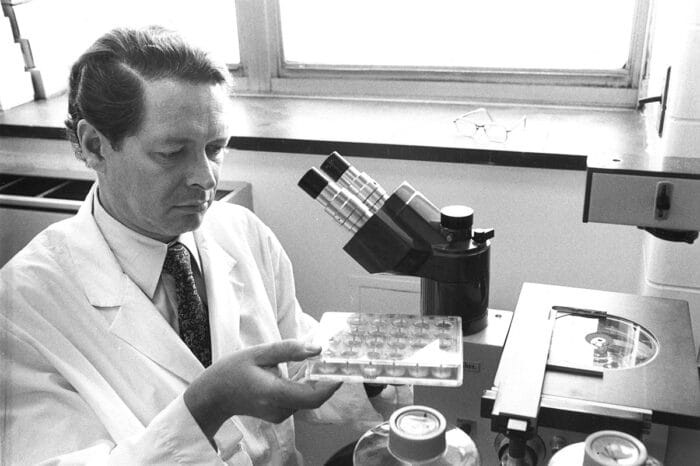
Vilcek’s research at NYU was instrumental in the development of Remicade®, a successful anti-inflammatory drug and a first of a new class of therapeutics called TNF blockers that are now widely used to treat Crohn’s disease, ulcerative colitis, rheumatoid arthritis, psoriasis, ankylosing spondylitis, and other chronic inflammatory disorders.
Over the course of his career, Vilcek published more than 350 papers in scholarly journals and became inventor or co-inventor of 46 U.S. patents. He received numerous awards and honors, including the Albert Gallatin Medal from NYU, the J. E. Purkyně Honorary Medal from the Czech Academy of Sciences, and the Outstanding American by Choice Award from the U.S. Citizenship and Immigration Services. Furthermore, the Comenius University in Bratislava, the CUNY Graduate Center in New York City, and NYU awarded him honorary degrees.

In 2013, Vilcek was awarded the National Medal of Technology and Innovation by President Barack Obama. His work at NYU entitled him to a portion of the royalties received by NYU for sales of Remicade®. As the sales of Remicade®, grew, so did the size of the royalties collected by NYU, including the portion due to Vilcek.
In 2016, Seven Stories Press published Jan’s memoir, Love and Science, which recounts both his personal and scientific journeys. While he writes about his parents’ survival during World War II, growing up in Communist Czechoslovakia, and arriving as a penniless immigrant in the U.S. in the personal part of the memoir, he recounts medical setbacks and breakthroughs in the scientific section. Among other topics, he describes how interferon never became the vaunted cure for cancer many had hoped for, yet it set the foundation for other revolutionary medical treatments.
Marica Vilcek
After earning advanced degrees in art history, Mrs. Vilcek worked at the Department of Prints and Drawings of the Slovak National Gallery in Bratislava before immigrating to the United States.

Upon accepting an entry-level position at the New York Metropolitan Museum of Art, she eventually became associate curator in charge of the Accessions and Catalogue Department, where she handled the museum’s collections management as well as processed new acquisitions. She also authored the museum’s procedural manuals on accessioning and cataloging and served as an advisor on collections management for curators, administrators, and students.
In 2005, Mrs. Vilcek joined her husband in gifting the New York University School of Medicine $105 million, one of the largest gifts in its history. To recognize their incredible generosity, the school named several programs, chairs, and facilities in the Vilceks’ honor.

Over the years, Mrs. Vilcek also became a consultant to the Commission for Art Recovery of the World Jewish Congress, the Jewish Museum in New York City, and the Jordan National Gallery in Amman. She is currently the chair of the NYU Institute’s of Fine Arts Board of Trustees, a board member of the New York Youth Symphony, and of the Foundation for a Civil Society. Furthermore, she serves as an honorary trustee of the Metropolitan Museum of Art.
The Vilcek Foundation
In 2000, the couple founded the Vilcek Foundation, an organization dedicated to raising awareness of immigrant contributions in the United States and fostering an appreciation for the arts and sciences. These very different focus areas are based on the couple’s respective careers and interests.
Since the foundation’s inception, Mrs. Vilcek has played an integral role in conceptualizing and administering its programs. Using her extensive knowledge of art history and collections management, she helped develop the Jan T. and Marica Vilcek Collection, a promised gift to the Vilcek Foundation, which includes American modernist works, Pre-Columbian art, and Native American pottery.
In 2005, Dr. and Mrs. Vilcek were named Humanitarians of the Year by the Crohn’s and Colitis Foundation of America, and in 2011 they were honored with the Outstanding New Yorker award given by the Center for an Urban Future in New York City. In 2012, Mrs. Vilcek received the Stephen K. Fischel Distinguished Public Service Award from the American Immigration Council in Washington, DC, and accepted it on behalf of the Vilcek Foundation.
The foundation’s flagship programs include the Vilcek Foundation Prizes, which are awarded to foreign-born individuals who permanently reside in the U.S. and have shown exceptional contributions to American arts, biomedical science, and society.
Leading the Way
The Vilcek Foundation was created on the belief that the arts and sciences need diversity to thrive. As such, the Foundation continues to support diverse perspectives from people around the world, to strengthen the country’s cultural and scientific communities, to contribute to new immigrant success stories, and to serve as an inspiring example of what is possible when people are given a chance at the American dream.
